SCHRACK Cables and wires
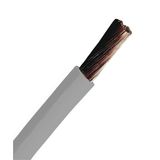
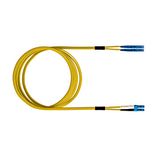

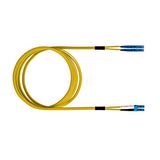
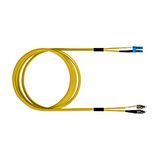
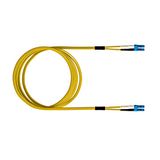
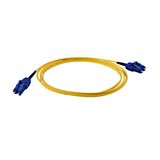
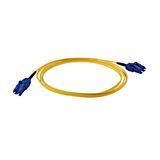


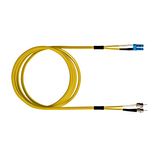
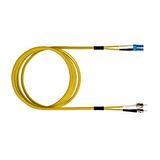
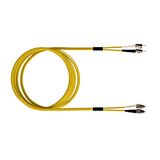
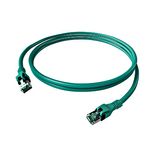
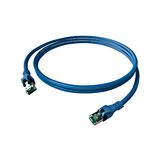

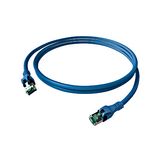



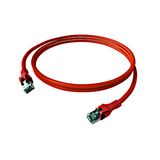

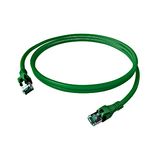

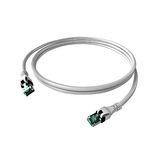
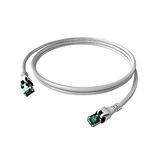

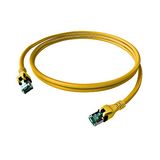

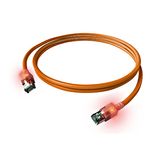
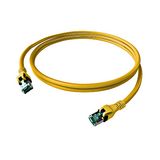


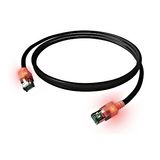
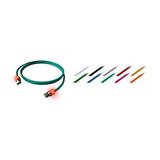
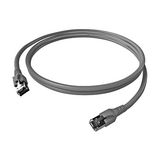


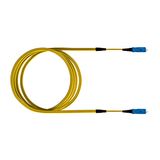


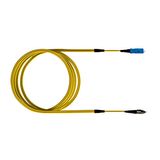

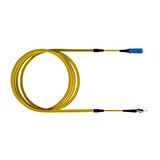
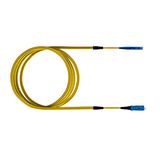
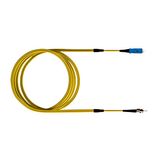
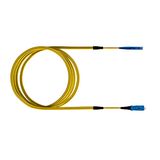
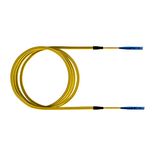
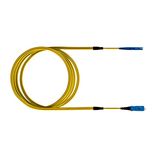
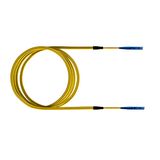
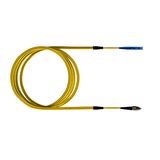
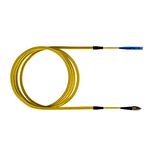
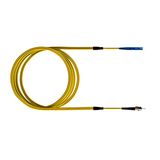


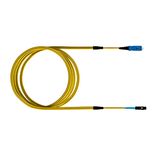


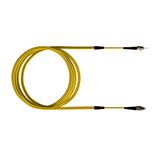

schrack cables and wires portfolio and voltage classes
Engineers use this range for building risers, machine panels, and field drops where conductor class, CPR, and shielding must be explicit on drawings. Insulation/sheath options cover PVC, LSZH, PUR, and rubber (H05/H07 families) with voltage ratings 300/500 V, 450/750 V, and 0.6/1 kV. Conductor classes per IEC 60228 (class 1/2 solid/stranded; class 5 flexible) are available from 0.5…240 mm². CPR declarations per EN 50575 span Eca…B2ca with s/d/a indices; flame and low-emission claims reference IEC 60332-1/-3, IEC 60754, and IEC 61034. Bending radii, tensile limits, and operating windows are documented by sheath family; PUR jackets handle oils and repeated motion on machine frames.
schrack power cables selection and installation notes
Feeder and sub-feeder lines (e.g., NYY/N2XY, LSZH 0.6/1 kV) are specified by fault level, voltage drop, and ambient. Aluminum alternatives reduce weight on long pulls; copper remains standard in dense risers and MCC rooms. In trays, follow IEC 61537 fill and support spacing; in ducts, keep thermal derating tables handy for clustered circuits. For outdoor or chemical exposure, select UV-stabilized PE or PUR jackets; add steel wire armor or metal conduit where impact risk exists. Earthing and PEN arrangements are printed on sheath; neutral sizing considers harmonic content from VFD/UPS loads. Where emergency feeders share pathways with life-safety circuits, pick LSZH CPR Cca/B2ca and tested metal fixings—your drawings should mark clamp spacing and anchor type.
schrack control cables shielding and EMC practice
Control/PLC runs use unshielded YY, Cu-braid SY, or foil/braid CY constructions. Choose pair-twisted, collectively screened variants for analog and high-resolution encoder signals; land shields 360° with EMC glands and short straps to the enclosure FE. Drag-chain sections specify PUR, class-6 extra-flex conductors, and bend radii ≤ 7.5× OD (dynamic). For IO-Link and 24 V islands, document core colors, pair lays, and drain-wire terminations so technicians reproduce EMC behavior cabinet-to-cabinet. Where power and control must share trunking, partition with steel barriers and keep separation per IEC 60204-1.
Range map installers actually use
- Building & panel wiring: H07V-K singles for ducts and rails; multi-core NYM/LSZH for fixed installs.
- Motion duty: PUR-jacketed class-6 with talc-free cores for e-chains; cold-flex grades for −30 °C docks.
- Drives and motors: screened VFD cables with symmetrical PE and low-capacitance insulation; specify symmetrical shields to curb bearing currents.
- Instrumentation: paired LSZH, individually/collectively screened with numbered cores; armor where mechanical protection is mandated.
Applications and compatibility
In risers, LSZH CPR Cca/B2ca serves offices, schools, and hospitals; in plant corridors, PVC or PUR simplifies pulls and tray work. Inside cabinets, ferruled H07V-K keeps terminations repeatable; on machine frames, PUR control leads resist oils and weld spatter. The program lands cleanly with Schrack terminal blocks, glands, trays, and enclosures, so torque values, hole patterns, and bonding logic stay consistent across packages—ideal when documenting schrack installation wiring in multi-site standards.
Data and signaling routes
For field sensors and HMIs, screened pairs reduce crosstalk; for encoders and counters, low-noise CY with pair shields prevents jitter. RS-485/Modbus favors 120 Ω pairs with defined lay; Ethernet needs Cat6A S/FTP in LSZH for public routes. Label shield-bond points and polarity on both ends. Where analog loops run near VFDs, separate containment or steel dividers keep schrack signal wiring within noise budgets.
Technical specifications and standards engineers expect
- Markings: type, cross-section, voltage class, CPR, meter marks, and DoP code.
- Tests: spark and high-pot per IEC 60502/60332 families; elongation/aging per IEC 60811.
- Environment: oil/UV/ozone resistance declared; halogen content and smoke density certified.
- Identification: color codes per HD 308; numbered cores on high-count controls; printed pairs on instrumentation.
Selection criteria for B2B teams
- Circuit function: feeder vs motor vs PLC—sets insulation, screen, and class.
- Environment: LSZH for occupied routes; PUR for oils/motion; UV-black outdoors; armor where impacts occur.
- EMC: CY/SY, pair twists, 360° terminations; segregate from VFD outputs.
- Thermal & loading: current, grouping, ambient; verify voltage drop at worst-case Ta.
- Routing hardware: tray vs conduit vs e-chain; check bend radius and clamp spacing.
- Documentation: CPR/DoP on schedule; termination and shield policy on the drawing.
Procurement and kitting for rollouts
Bundle cable type/size by route, approved glands (standard + EMC), clamps, markers, and test sheets. Order reels cut to pull length + 5–10 %; avoid splices in verticals. Stock universal LSZH singles, a screened CY family per cross-section, and one PUR e-chain line. Tie article codes to panel IDs so stores release the correct kit without re-measuring.
Advantages of working with Bankoflamps
We align pricing with your cable schedule and expose live EU stock before installers are booked. Quotes typically return in about an hour. Orders by EAN/MPN prevent variant drift; your portal shows lead times, shipment status, and downloadable price lists. Trusted clients can use post-payment up to 30 days. We consolidate partials to reduce freight and hold price-validity windows so phased works stay predictable. Our team checks CPR class, conductor size, EMC terminations, tray/conduit kits, and bend-radius rules against your drawings so reels and hardware arrive site-ready.